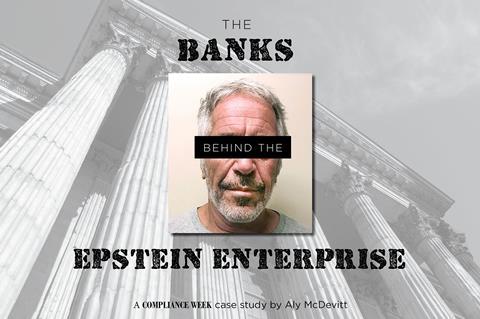- Topics
- Regions
- Events
- Webcasts
- Resources
- CW Exclusives
- Membership

“For tracking litigation, enforcement, and regulatory developments, Compliance Week
should be your prime source.”- Chief Compliance Officer and VP of Legal Affairs, Arrow Electronics
Close menu
- Home
-
Topics
- Back to parent navigation item
- Topics
- Accounting & Auditing
- AML
- Anti-Bribery
- Anti-Corruption
- Boards & Shareholders
- Cybersecurity
- Data Privacy
- ESG/Social Responsibility
- Ethics & Culture
- Europe
- Financial Services
- GRC Appointments
- Internal Controls
- Regulatory Enforcement
- Regulatory Policy
- Risk Management
- Sanctions
- Surveys & Benchmarking
- Supply Chain
- Technology
- Third Party Risk
- Whistleblowers
- Compensation
- GDPR
- Internal Investigations
- Opinion
- Training
- Culture
- GRC Announcements
- My Compliance Library
- Ask Amii Mailbag
- Nailed It or Failed It
- Risk and Regulatory Compliance
- Accounting and Audit
- Regions
- Events
- Webcasts
- Resources
- CW Exclusives
- Membership
CW Survey Shows Lack of CCO Standards
By Melissa Klein Aguilar2008-04-29T00:00:00
THIS IS MEMBERS-ONLY CONTENT
You are not logged in and do not have access to members-only content.
If you are already a registered user or a member, SIGN IN now.
- Terms and Conditions
- Privacy Policy
- Do Not Sell My Info
- © 2025 Compliance Week
Site powered by Webvision Cloud






